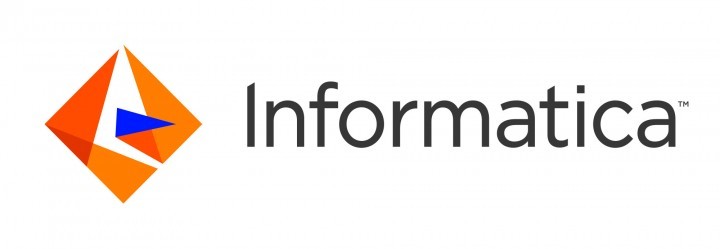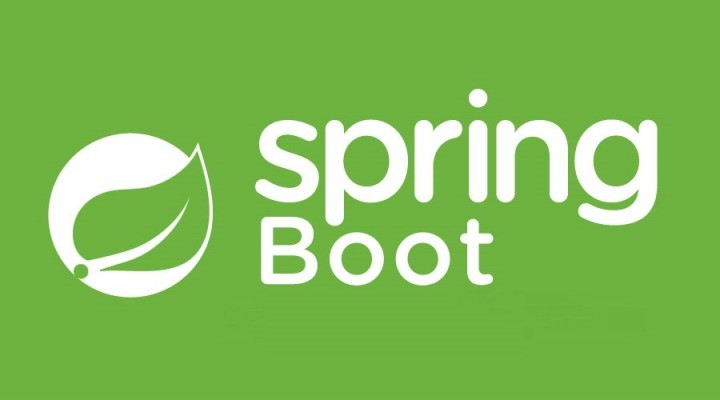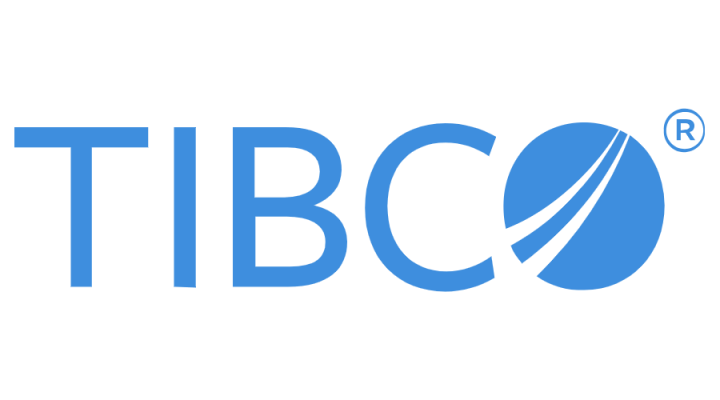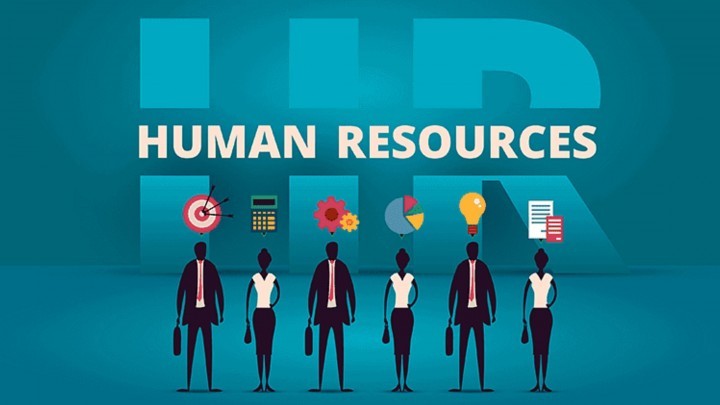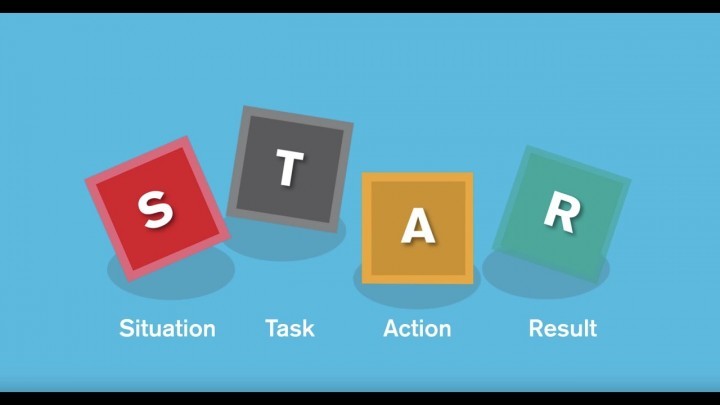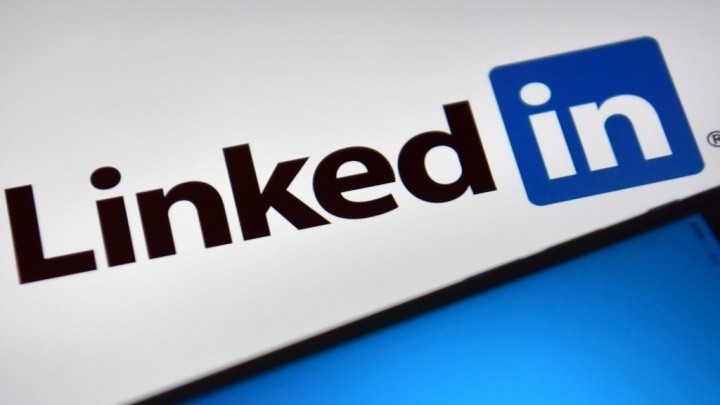
2023 Recruiting Trends
New recruiting trends emerge seemingly every few months. And talent acquisition professionals need to keep up with them to stay ahead of the curve and the competition.
Talent leaders and recruiters must stay on top of the latest news, predictions, insights, best practices, hybrid work rules, hiring processes, and employer branding to recruit and hire efficiently in 2023 and beyond.
How companies adapt to the uncertain business climate in 2023 will vary from business to business. But talent teams must closely monitor recruiting trends as they arise to ensure they’re prepared to meet their org’s headcount and growth needs in the year ahead.
“Companies that understand the macro recruiting trends, remain vigilant in the face of competition, and anticipate turbulence will … thrive through an uncertain hiring landscape,” states Employ’s Q3 2022 Quarterly Insights Report.
With that in mind, here HRavailable is explaining five recruiting trends that will affect Talent Acquisitions teams in 2023.
1. Retention will be a primary focus for companies amid economic uncertainty
Labor hoarding is a relatively new recruiting trend among employers.
Essentially, the concept refers to companies of all types and sizes — from mom-and-pop restaurants to Fortune 500 companies — attempting to retain as much of their existing workforce as possible amid ongoing economic headwinds.
Why? Because they understand current market disruptions won’t last forever.
They want to be prepared to pick up their growth efforts on the other side of a potential recession. That is a markedly more difficult goal to realize if they lay off many employees to tread water now and have to hire replacement workers mere months from now.
One solution is for employers to offer career mobility paths to retain talent.
Look for employers to revisit their internal mobility programs or build ones from the ground up if they lack such a program to give existing employees a path to promotion and entice them to stay with the organization for years to come.
2. Workers who quit during The Great Resignation will return to the workforce
A Job list report found one in four professionals regret quitting amid The Great Resignation. This could indicate many of these individuals will actively look for new work in 2023.
Additionally, talent teams will obtain a pool of more qualified job seekers to evaluate and engage. It would also alleviate any recent pipeline issues (e.g., a reduced volume of job applications submitted and proactively sourced candidates added to their talent pools).
Of course, just because more active candidates may re-enter the job market doesn’t mean it will automatically be easy for recruiters to get these prospects in their funnel.
Recruiters must use language in their job listings, on their career pages, and in nurture messaging that shows off the human side of employer brand and company culture — two factors that impact candidates’ willingness to apply to roles or agree to interview for them.
3. Enhancing their DEI initiatives will help employers stand out
No two diversity, equity, and inclusion (DEI) initiatives will look the same from one business to the next. But all DEI leaders are proactive in continually improving their work.
You can practice the following DEI approaches for enhancing the same:
- Hiring a dedicated DEI practitioner to run DEI programs
- Providing unconscious bias training to hiring managers
- Ensuring they use inclusive job description language
- Having diverse interview panels speak with candidates
4. Mental health remains top of mind among executives — including TA leaders
The last few years have been tough on everyone — including talent acquisition and human resources professionals. Burnout among recruiters, in particular, was rampant in 2022. Unfortunately, it hasn’t gotten any easier for many.
Research from SHRM found 42% of HR and talent pros experienced severe fatigue from their jobs in 2021-22. One of the main drivers behind this burnout was the laundry list of tasks assigned to them, on top of meeting lofty hiring quotas and filling key roles across their organizations.
Executive teams must ensure their workforce has the resources to address mental health issues or concerns.
But HR and TA pros must also be proactive in taking charge of their well-being, Think Human Leadership Coach, Facilitator & Community Catalyst Aja Smith shared at Accelerate.
Given the strenuous nature of their work — especially amid “down” periods when there are hiring freezes, candidates are scarce, and layoffs loom large — it’s vital that HR and talent pros pay close attention to the personal well-being of their recruiting staff, Aja added.
5. Talent leaders will ensure their voices are heard and team needs met
Building concerted candidate relationship management (CRM) strategies that help companies build and maintain relationships with candidates is how many talent acquisition leaders can prove their teams are focused on the long-term growth aspirations for the business.
But to execute effective CRM strategies, TA leaders need buy-in from leadership regarding both prospective tech investments as well as their overall recruiting approach.
HRavailable keeps you updated on the latest news in the UAE job market.
Get to know more in-depth knowledge on various HR-related topics visit HRavailable.
HRavailable keeps you updated on the latest news in the job market.
Get notified about the latest job openings through HRavailable and never miss a chance to get noticed by the recruiters.




